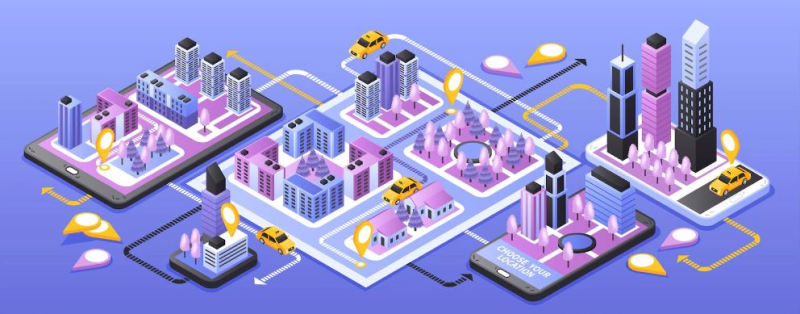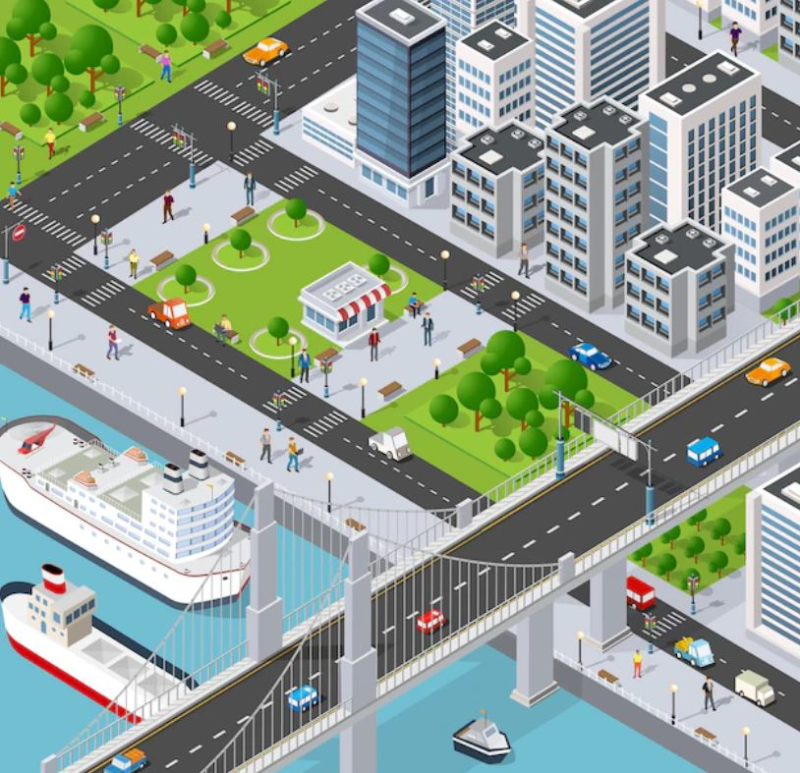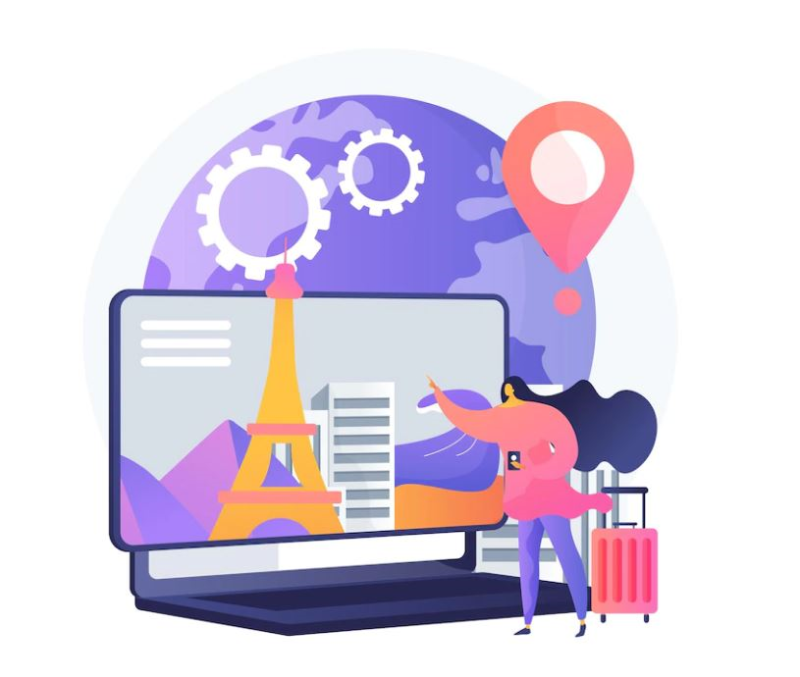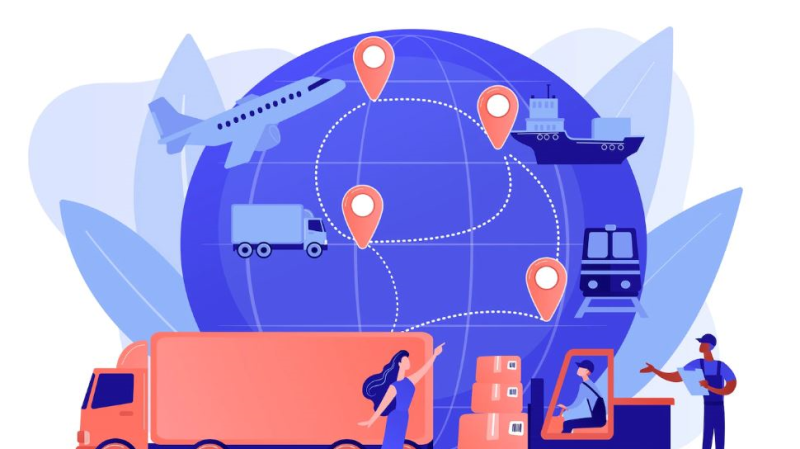Smart City
The smart cities are important for development
Getting to know the smart city infrastructure
The growing trend of urban population has created many challenges for cities that cannot be solved by traditional methods. In order to solve these problems, information technology and Internet of Things (IoT) have come to help cities to facilitate the life process for their residents.

What is a smart city?
A smart city uses different types of sensors to collect information. This process includes the collection and analysis of data from citizens, devices and urban resources that are used to monitor and manage traffic in all transportation systems, power plants, urban facilities, water supply networks, waste management, crime detection, schools, libraries, hospitals and other social services are used.
The purpose of making cities smart is to optimize urban processes, provide optimal services and communicate with citizens. Smart city technology allows city officials to interact directly with the community and urban infrastructure and provide appropriate responses to the needs of the city and citizens.
Why is it necessary to make smart cities?
The facilities that smart cities provide to statesmen and citizens alone prove that all cities need to move towards smartness. In fact, Internet of Things (IoT) technologies help in the optimal management of energy resources, prevention of drought and water shortage, power outages, gas and similar problems.

What is the difference between digital and smart city?
A digital city is connected to the Internet and equipped with new platforms for information and communication management. Therefore, it can communicate with surrounding objects through the Internet of Things (IoT). These platforms also enable the collection and processing of large amounts of data and offer new services to city residents. A smart city is a city that uses these digital connections to improve the urban environment and quality of life through better management. A smart city is a complex system that uses digital infrastructure to manage systems such as traffic control, parking, lighting, and the like. Therefore, these two concepts are very closely related. In such a way that in order to make a city smart, it is first necessary to digitize that city; Because it must integrate information and communication technology in its networks, services and infrastructure. In other words, a city cannot be smart before it is digital.
Achievements of the smart city
The Internet of Things (IoT) is actually an emerging phenomenon in the direction of optimal management of energy resources and preserving it for future generations. A smart city is an example of proper management of resources based on new technologies. Some achievements of smart cities based on the Internet of Things (IoT) are as follows:
- Creating safer and more stable societies
- Automatic and efficient urban management
- Reducing costs by reducing the number of workers
- Increasing the speed of doing things and avoiding wasting time
- Effective decision making based on correct data collected
- Return on investment for the smartening of cities, buildings and industries
- Helping to implement sustainable development programs and urban space management
- Increasing the quality of life of citizens due to the desirability of products and services
- Improving processes in the field of health, food and medicine, agriculture, animal husbandry and other cases
- Optimizing energy consumption (electricity and gas) with the possibility of warning about its consumption
- Planning in line with the growth and development of various industries by relying on the data received with the help of Internet of Things tools

The smartness of a city is determined by a set of characteristics
- Smart infrastructure
Smart infrastructure plays a significant role in the development of urban life in a smart city, focusing on the welfare of citizens. The smartening of the infrastructure allows city managers to implement a more comprehensive concept of city services to contribute to a better quality of life through the construction of a smart, sustainable city and an integrated urban infrastructure.
- Smart parking
Nowadays, car parking has become one of the most important challenges in big cities. Daily citizens spend a lot of time and energy to find an empty place to park their car, and often they don't find the right place. In smart cities, parking applications help citizens find empty parking spaces.
- Smart City Guide
The city guide application is another facility that smart cities provide to their citizens and travelers. This application works like a complete and detailed map and shows different places of the city such as museums, galleries, restaurants and parks.

- Intelligent control of water and energy consumption
Providing services such as monitoring all processes from production, installation and commissioning to data analysis and issuing bills in order to optimize energy consumption plays an important role in the process of smartening cities. Optimizing the consumption of water and energy (electricity and gas) with the possibility of setting alarms on their consumption is one of the important steps in the development of the urban system and achieving a smart city.
- Smart payment system
Online payment system in smart cities can be seen everywhere in the city. In fact, the smart city makes it possible to use online payment for every purchase and the risk of carrying cash is reduced to a minimum. In smart cities, transportation, restaurant, cinema, theater, museum and amusement park tickets can all be paid online.
- Smart healthcare
To adapt to the changes in a smart city, smarter services should be provided in the field of health and health. Smartening the field of health and hygiene can reduce treatment costs and establish more effective communication between the activists of this industry. By collecting the necessary information of the patients, if necessary, nurses and doctors have access to the information of the patients as soon as possible and are able to take care of the patients in the best way.

- Smart urban services
By establishing effective communication between citizens and city managers, cities become safer, cleaner and more stable places, and the general standards of urban life rise. If the citizens have the possibility to report the problems of garbage collection or other infrastructure problems to the authorities, then they can get to work faster and solve the problems.
- Smart buildings and offices
Smart and sustainable buildings and offices open up a future of environments that not only support our ways of life, but actually enhance and enhance them. Smart office buildings act as environmental social infrastructure and strive to improve the presence of employees and clients.
- Intelligent educational system
An intelligent educational system tries to maximize the use of Internet of Things (IoT) technologies in the entire process of implementing the educational program, evaluation and management of the educational center. The Internet of Things (IoT) also allows educational institutions to improve their safety and increase access to information in the educational environment.
- Smart control of violations in city traffic
Traffic congestion is one of the biggest problems in big cities. High volume of traffic in these cities slows down the movement of cars and long stops behind traffic lights for passengers and drivers. With the advancements in information technology, intelligent traffic systems play a significant role in optimizing traffic flow in densely populated cities. Today, Internet of Things (IoT) technologies collect real-time traffic data, so that traffic routing can be intelligently optimized.
- Smart transportation
One of the goals of making cities smart is to save time for citizens. Smart transportation allows citizens to save time and reach their destination faster by using high-speed trains and buses.

- Electronic government and Internet of Things (IoT)
The Internet of Things (IoT) can create a unified public framework for discrete government systems. Therefore, not only the achievement of electronic government will be faster, but also the process of social awareness, which is the result of the impact of IoT, can be accelerated.
- Intelligent crowd tracking
Tracking and monitoring the crowd and controlling it is not only something new, but it is becoming common nowadays. Thanks to the advancement of Internet of Things (IoT) technologies, the methods of monitoring and tracking people are expanding in various ways. Read the smart tracking article to understand the importance and how to do it.
Get a front row seat with the IoTSmile platform to discover the latest smart city technologies!
With the growing use of emerging Internet of Things (IoT) technologies by various cities, these cities benefit from many advantages such as safety and modern transportation, traffic monitoring and surveillance, efficient management of power plants, urban facilities, water supply networks, waste management and Other social services will be available. They benefit. In today's world, keeping up with technology is beneficial to society, and depending on traditional formats will not benefit individuals and organizations. Therefore, by implementing the IoTSmile platform, you can benefit from the many advantages of a smart city.
To receive advice and prepare any of the products, you can contact us by calling the numbers announced on the site, sending an email or registering a ticket. Our colleagues are ready to answer and guide you.

References:
foundNothing
foundNothing

